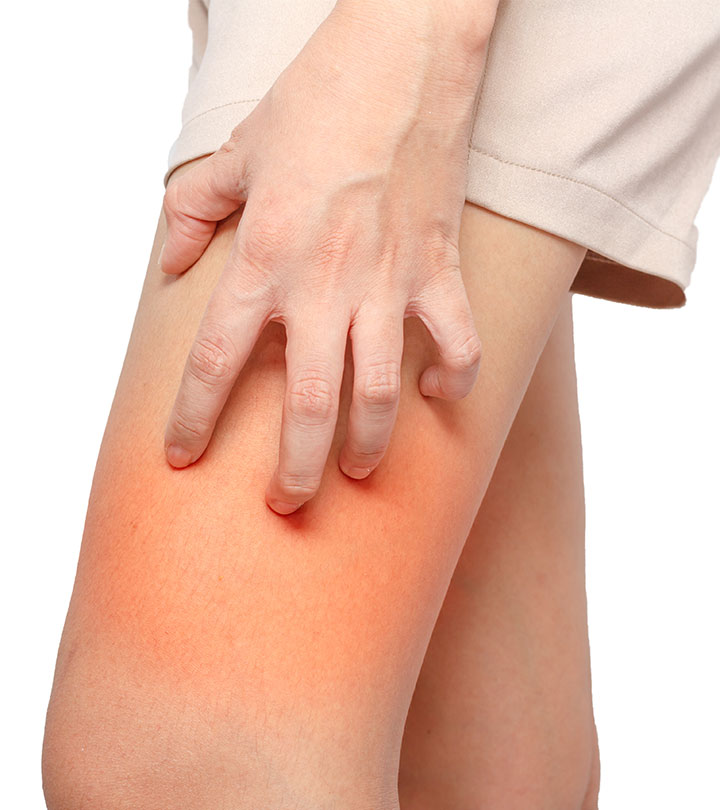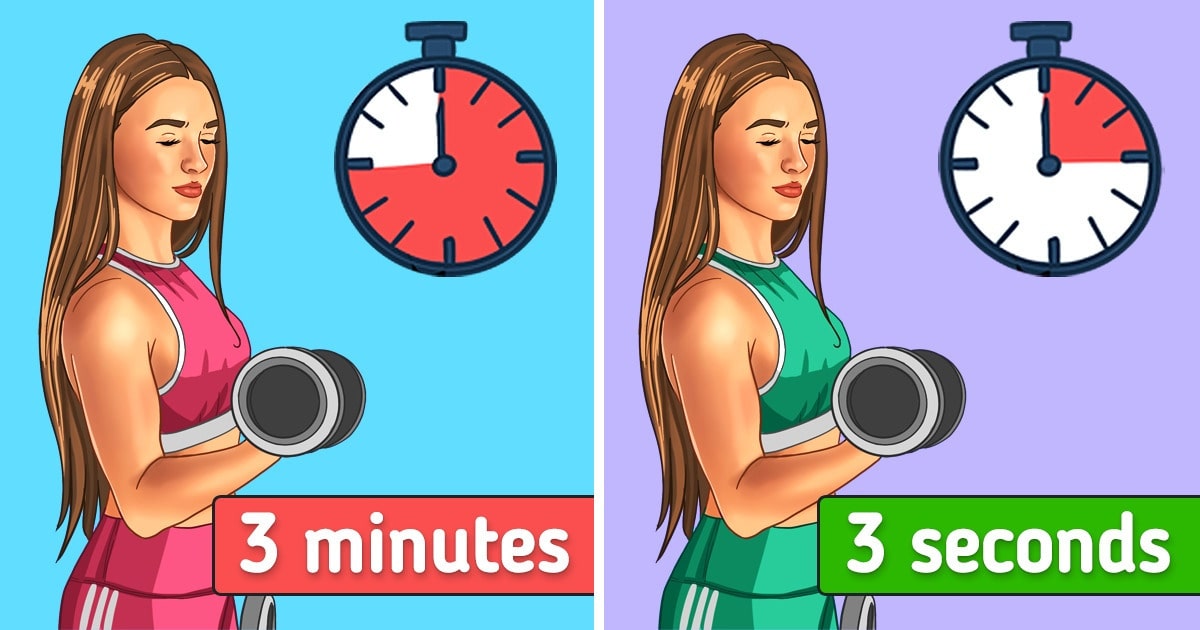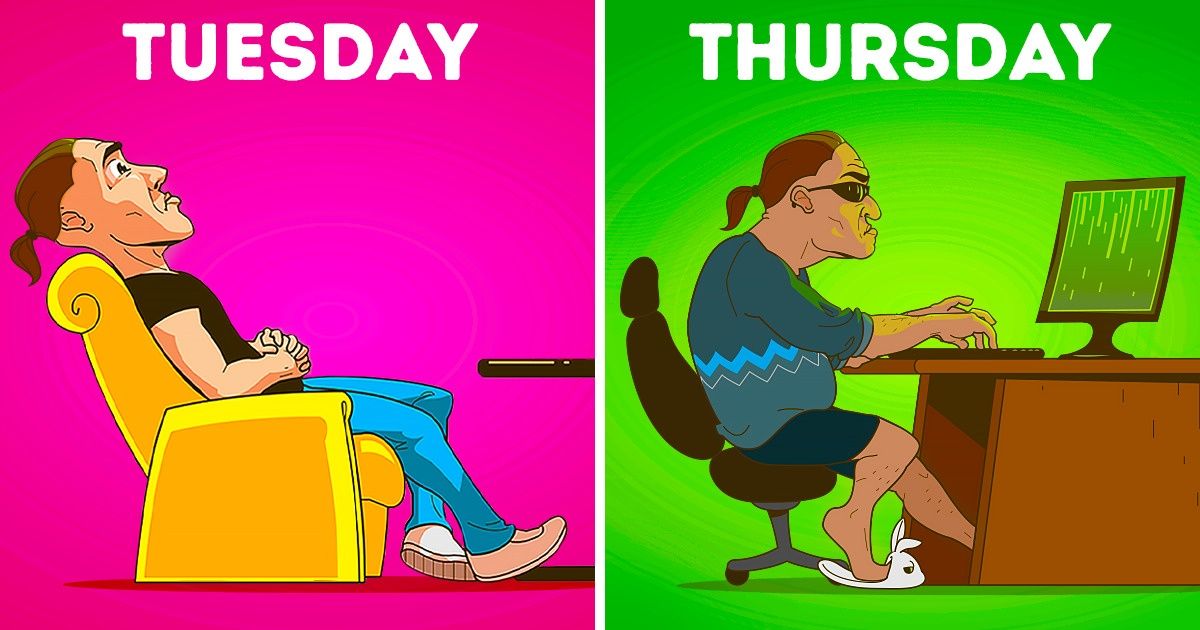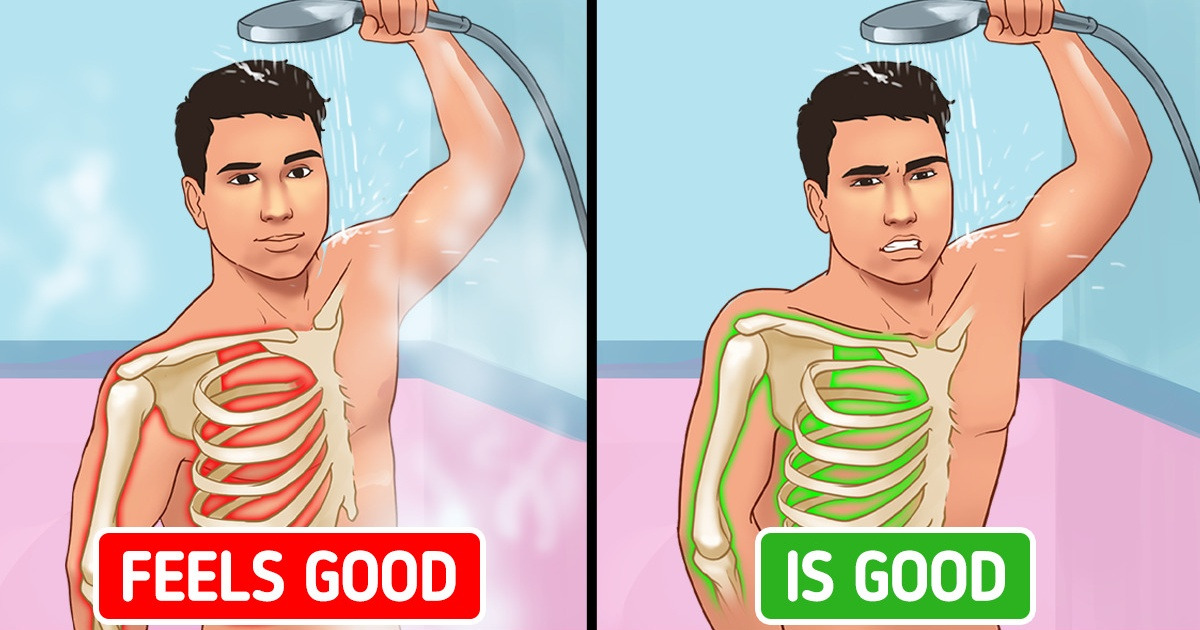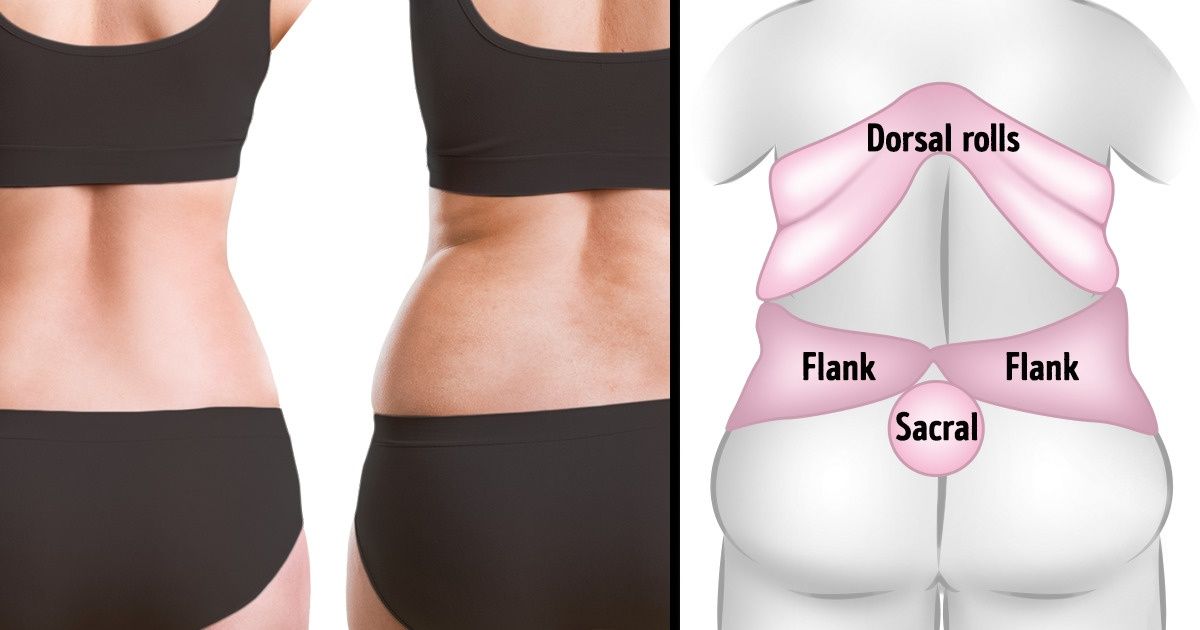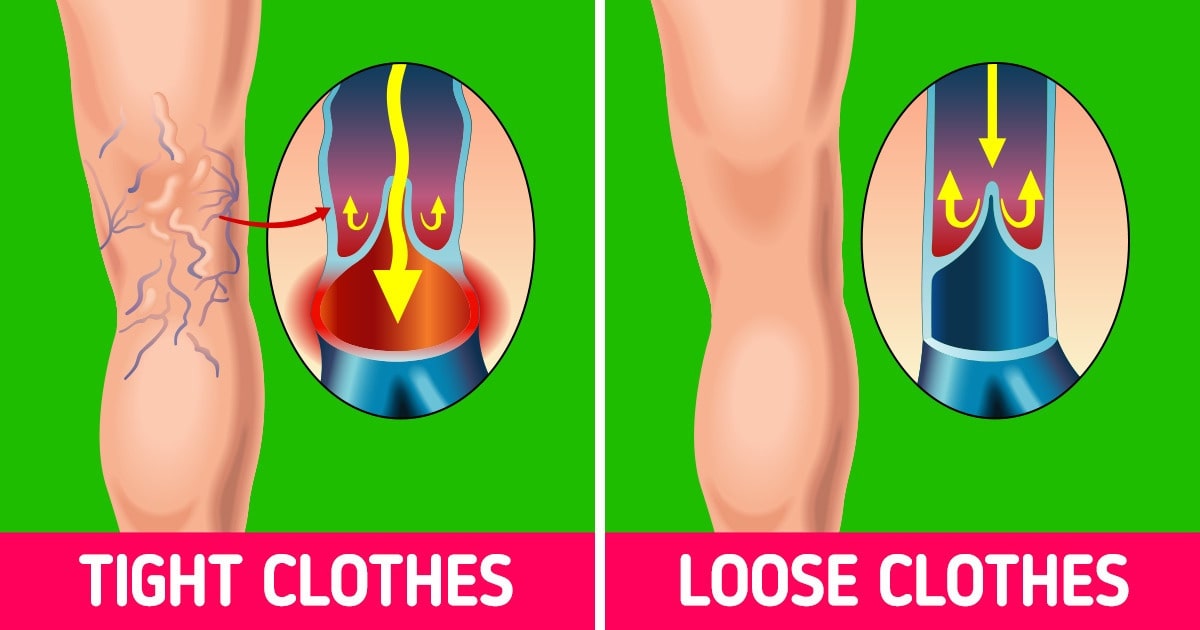Back pain is one of the most common health issues affecting millions of people worldwide. Whether you suffer from chronic discomfort or occasional flare-ups, finding effective and lasting relief is crucial for maintaining a high quality of life. In this comprehensive guide, we explore 10 scientifically backed methods to get rid of back pain for good.
In the following sections, you’ll learn actionable strategies—from simple stretches and core training to alternative therapies like acupuncture—that can help reduce pain, improve mobility, and enhance overall well-being. Our recommendations are supported by reputable sources such as Mayo Clinic and WebMD to ensure you receive accurate and trustworthy information.
Stretch Out and Relax – Simple Stretches for Immediate Relief

Stretching is one of the easiest and most effective ways to relieve back pain. Incorporating gentle stretches into your daily routine can help alleviate muscle tension, improve flexibility, and reduce stress on your spine.
Key Tips:
- Daily Routine: Start your day with a series of light stretches. Focus on movements that target the lower back, hips, and legs.
- Dynamic vs. Static: Use dynamic stretches to warm up your muscles before physical activity and static stretches to cool down afterward.
- Consistency: Regular stretching can improve blood circulation and promote healing in sore muscles.
Research from Harvard Health Publishing suggests that a consistent stretching regimen can significantly reduce back pain and improve overall mobility. Incorporating high-intensity stretches and yoga poses can further enhance flexibility and strengthen the back muscles.
Keep Your Feet Warm – The Surprising Connection Between Foot Warmth and Back Health
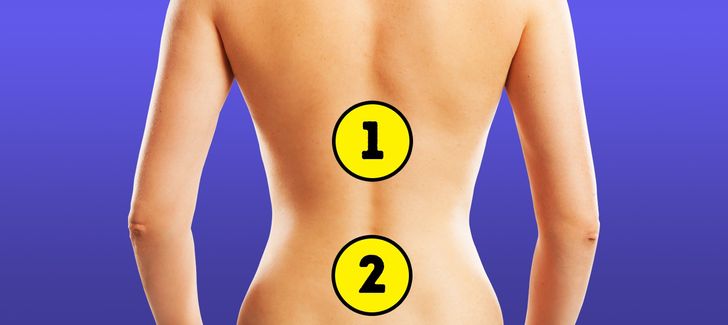
It may sound unconventional, but keeping your feet warm can have a surprising impact on your overall back health. Cold feet can lead to tension in the lower back as your body works to maintain its core temperature.
How It Works:
- Improved Blood Flow: Warm feet promote better blood circulation, which can help relax muscles and reduce back tension.
- Enhanced Comfort: Wearing warm socks or using a heating pad for your feet can create a comforting sensation that indirectly eases back pain.
- Thermal Regulation: Proper thermal regulation prevents muscle stiffness, which is often a precursor to back discomfort.
For more detailed insights into how temperature regulation affects pain management, check out the articles on Medical News Today.
Apply Hot and Cold Pads – Balancing Temperature for Effective Pain Management
Alternating between heat and cold therapy is a well-established method to manage back pain. This approach works by reducing inflammation and soothing muscle tension.
Effective Practices:
- Cold Therapy: Use cold packs to reduce inflammation and numb sharp pain, especially after an injury or strenuous activity.
- Heat Therapy: Apply heat pads to relax tight muscles and improve blood flow. Heat is particularly effective for chronic pain and muscle stiffness.
- Alternating Therapy: Combine both therapies for optimal results. For example, apply a cold pack for 15 minutes followed by a heat pad for another 15 minutes.
The National Institute of Neurological Disorders and Stroke (NINDS) supports the use of temperature therapy as part of an integrated approach to back pain management, noting its effectiveness in reducing pain and promoting healing.
Change Your Sleeping Habits – Optimize Your Sleep for a Healthier Back

Your sleeping habits can play a significant role in your back health. A poor sleeping position or an unsupportive mattress can exacerbate back pain, while proper sleep practices can help your body recover and reduce discomfort.
Strategies to Improve Sleep:
- Invest in a Quality Mattress: Choose a mattress that provides adequate support, ensuring that your spine remains in a neutral position throughout the night.
- Sleep Position: Sleeping on your back or side with a pillow under your knees can help maintain proper spinal alignment.
- Regular Sleep Schedule: Consistency in your sleep schedule can improve the quality of your sleep, allowing your body more time to repair damaged tissues.
For further guidance on sleep optimization and its impact on back health, visit Sleep Foundation.
Try Yoga and Flexibility Training – Enhance Mobility and Reduce Pain
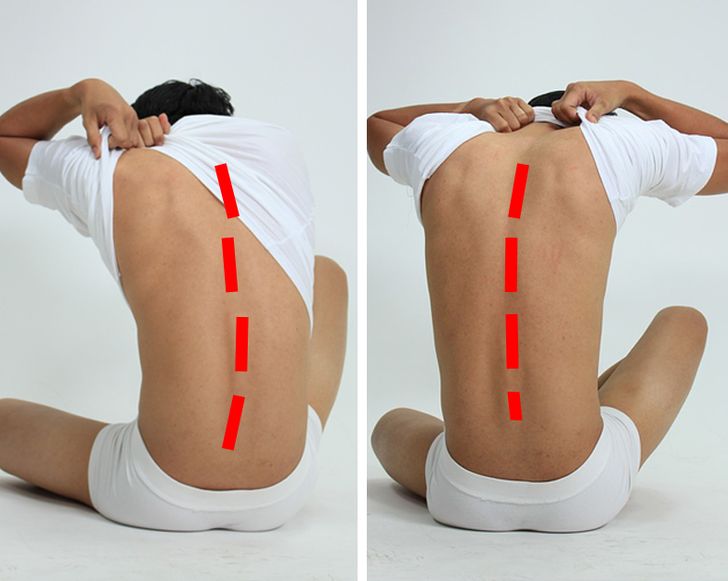
Yoga and flexibility training are not only excellent for improving overall fitness but also highly effective for alleviating back pain. These practices focus on building strength, improving posture, and enhancing flexibility, all of which contribute to better spinal health.
Benefits of Yoga:
- Improved Posture: Yoga promotes proper alignment and can correct posture-related issues that contribute to back pain.
- Stress Reduction: The meditative aspects of yoga help reduce stress, which is a common trigger for muscle tension.
- Core Strength: Many yoga poses strengthen the core muscles, which are essential for supporting the back.
Consider integrating yoga sessions into your weekly routine. For expert advice and class options, resources like Yoga Journal provide extensive information on how yoga can help manage back pain.
Stretch Your Hamstrings – Preventing Tight Muscles That Contribute to Back Pain
Tight hamstrings are a common but often overlooked contributor to lower back pain. When your hamstrings are tight, they can pull on your pelvis and exacerbate back discomfort.
Effective Hamstring Stretching Tips:
- Regular Stretching: Dedicate a few minutes each day to stretch your hamstrings. Simple stretches can significantly improve your flexibility and reduce tension.
- Proper Technique: Ensure you use correct form to avoid injury. Gentle, slow stretches are more effective than aggressive movements.
- Integrate with Other Exercises: Combine hamstring stretches with other back-strengthening exercises for a more balanced approach.
For more information on effective stretching techniques, the American Council on Exercise offers detailed guidance and video tutorials.
Reduce or Quit Smoking – Improve Circulation and Accelerate Healing

Smoking not only affects your lungs but also impairs blood flow to your spinal tissues, slowing down the healing process and increasing the risk of chronic back pain.
Key Considerations:
- Enhanced Circulation: Quitting smoking can improve your blood circulation, which is essential for healing and reducing inflammation.
- Reduced Degeneration: Smoking has been linked to faster degeneration of spinal discs, a major contributor to back pain.
- Overall Health Benefits: Beyond back pain relief, quitting smoking significantly improves cardiovascular and respiratory health.
Organizations like the American Lung Association provide resources and support for those looking to quit smoking, emphasizing its benefits on overall health and back pain relief.
Nerve Stimulation and Acupuncture – Alternative Therapies for Pain Relief
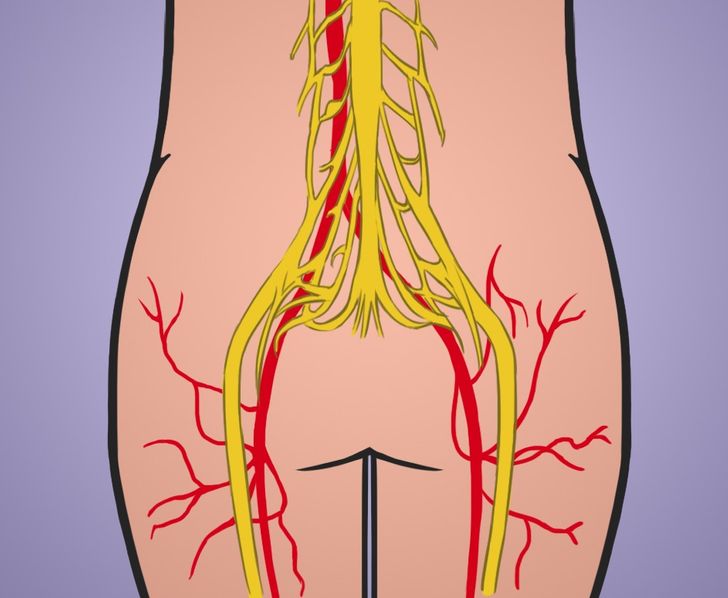
Alternative therapies such as nerve stimulation and acupuncture have gained popularity as complementary treatments for back pain. These techniques work by stimulating the body’s natural pain-relieving mechanisms.
Understanding the Therapies:
- Nerve Stimulation: Techniques like Transcutaneous Electrical Nerve Stimulation (TENS) use electrical impulses to reduce pain signals in the nerves. Studies have shown that TENS can offer temporary relief from chronic back pain.
- Acupuncture: This ancient Chinese therapy involves inserting thin needles into specific points on the body. Research published on PubMed indicates that acupuncture can help reduce back pain and improve mobility.
These non-invasive treatments are increasingly supported by clinical research, making them a viable option for those seeking alternatives to conventional pain medications.
Train Your Core – Strengthen Your Midsection for Long-Term Back Stability
A strong core is essential for maintaining proper posture and supporting your back. Core training exercises can significantly reduce back pain by stabilizing your spine and preventing injuries.
Effective Core Training Strategies:
- Planks and Bridges: These exercises target the deep muscles of the abdomen and lower back, providing essential support for your spine.
- Pilates: Known for its focus on core strength, Pilates offers a series of low-impact exercises that improve overall stability and reduce pain.
- Regular Exercise Routine: Incorporate core training into your fitness regimen at least three times a week for the best results.
For more detailed core training exercises and routines, resources such as Verywell Fit offer expert advice and instructional videos.
Manage Your Risks – Identifying and Mitigating Contributing Factors
Back pain often results from a combination of factors. To achieve lasting relief, it is essential to manage your risks by identifying and addressing the underlying causes of your discomfort.
Risk Management Strategies:
- Ergonomic Adjustments: Evaluate your workspace and daily activities. Ensuring that your chair, desk, and computer setup are ergonomically sound can reduce strain on your back.
- Regular Check-Ups: Consult with a healthcare professional regularly to monitor your spinal health and catch potential issues early.
- Lifestyle Modifications: Consider adjustments such as weight management, improved posture, and reduced stress, which are all linked to back pain. The National Institute of Arthritis and Musculoskeletal and Skin Diseases (NIAMS) provides detailed guidelines on risk reduction strategies for musculoskeletal health.
By actively managing these risk factors, you can create a supportive environment for your back and reduce the likelihood of chronic pain.
Bringing It All Together – A Holistic Approach to Back Pain Relief
The journey to eliminating back pain for good is multifaceted, requiring a combination of lifestyle adjustments, targeted exercises, and alternative therapies. The 10 strategies outlined in this guide provide a holistic approach that addresses both the symptoms and underlying causes of back pain.
By incorporating simple stretches, maintaining warmth, alternating between hot and cold therapy, optimizing your sleep, practicing yoga, stretching your hamstrings, reducing smoking, exploring alternative treatments, strengthening your core, and managing risk factors, you can develop a comprehensive plan to reclaim your life from chronic back pain.
Remember, consistency is key. Small, sustained changes can lead to significant improvements over time. It is important to listen to your body and consult with healthcare professionals when necessary, ensuring that your approach to back pain relief is both safe and effective.
Final Thoughts – Empowering Yourself for a Pain-Free Future
Back pain can significantly impact your daily life, but it doesn’t have to control it. By taking proactive steps and embracing a holistic approach to your health, you can overcome discomfort and improve your quality of life. Whether you’re just beginning your journey to pain relief or have been managing back pain for years, the strategies outlined in this guide provide a solid foundation for lasting improvement.
Stay informed, be patient with your progress, and continuously explore new methods that align with your lifestyle. With dedication and the right resources, you can achieve a pain-free future and enjoy the freedom that comes with a healthy, resilient back.
For additional insights and the latest research on back pain relief, consider visiting authoritative sources such as Mayo Clinic and WebMD. Their comprehensive guides and expert advice can serve as valuable tools on your path to recovery.


